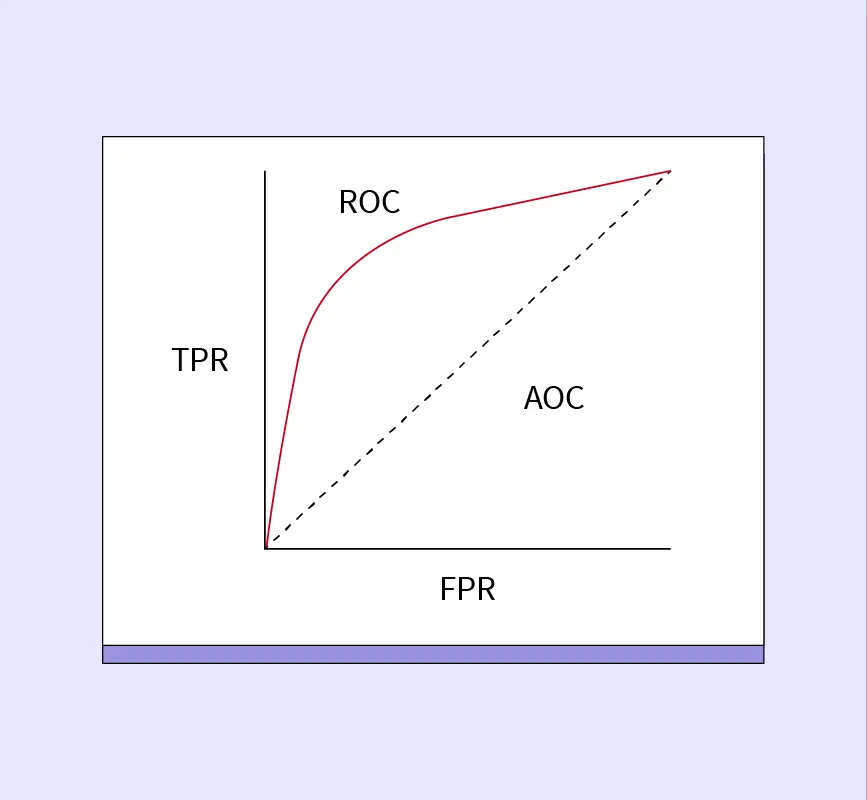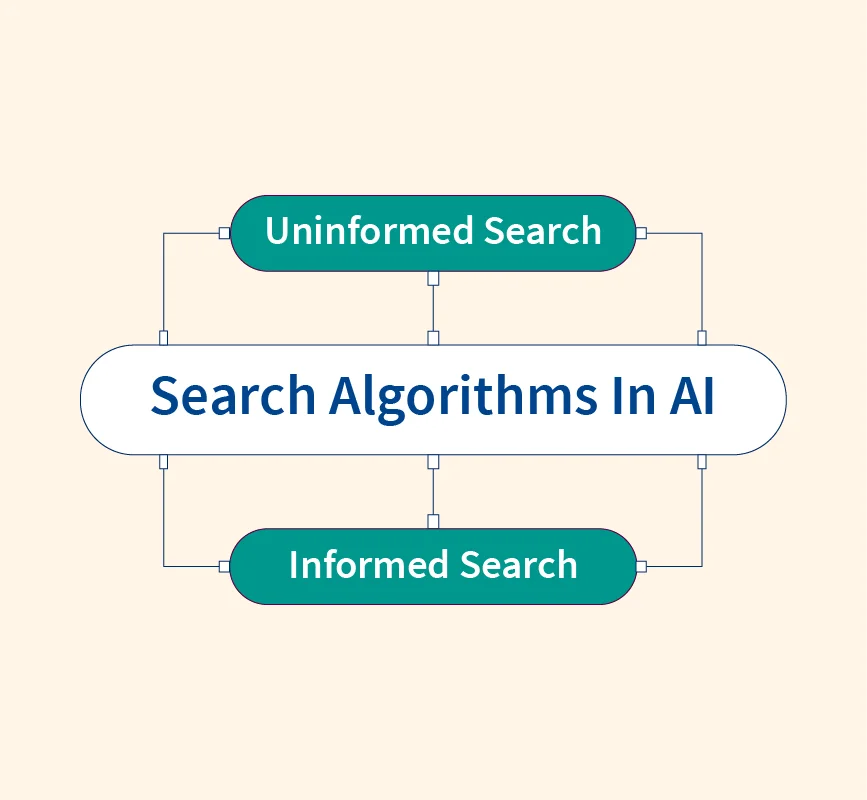Machine Learning (ML) has evolved from philosophical concepts about artificial intelligence into a foundational technology of the modern era. It has undergone multiple phases, from early neural networks to today’s deep learning models. Understanding ML’s history provides insight into how it has grown to impact industries and everyday life.
What is Machine Learning?
Machine Learning (ML) is a branch of artificial intelligence (AI) that focuses on enabling machines to learn from data and improve performance without explicit programming. Instead of following fixed instructions, ML models identify patterns in data and adapt their behavior based on experience.
At the core of ML are data and algorithms. Data serves as the raw material that feeds into the learning process, while algorithms process this data to generate models that can make predictions or classify information. The more data a model receives, the better it becomes at recognizing patterns and making accurate predictions.
There are three main types of ML:
- Supervised learning, where models learn from labeled data;
- Unsupervised learning, where the model identifies patterns in unstructured data; and
- Reinforcement learning, which involves learning through trial and error.
Machine learning bridges the gap between traditional programming and AI by focusing on building systems that can improve independently over time.
The Early Days of Machine Learning
Philosophical Foundations
The roots of machine learning can be traced back to early philosophical ideas. Aristotle introduced the concept of logical reasoning, suggesting that thought processes could follow structured rules, similar to mechanical systems. René Descartes later proposed that machines might replicate aspects of human thinking, hinting at the possibility of intelligent systems. These early ideas about reasoning and logic influenced the development of both AI and ML.
Early Computational Devices
The invention of early computational devices laid the foundation for machine learning. Charles Babbage’s Analytical Engine and other early machines showcased the potential of devices capable of performing complex calculations. These systems paved the way for later developments in computing and inspired researchers to explore how machines could learn from data.
The Turing Test (1950)
In 1950, Alan Turing introduced the Turing Test, which evaluated a machine’s ability to exhibit human-like intelligence. While the Turing Test focused on AI, it had significant implications for machine learning. It suggested that machines could learn to respond intelligently to inputs, influencing future research into learning algorithms.
First Neural Network (1943)
The first mathematical model of a neural network was introduced by Warren McCulloch and Walter Pitts in 1943. Their work demonstrated that neurons could be represented mathematically and that neural processes could be simulated by machines. Although limited, this model laid the groundwork for future advancements in neural networks and shaped early research in ML.
Milestones in Machine Learning Development (1950-2000)
Computer Checkers (1952)
Arthur Samuel pioneered machine learning through his work on a computer-based checkers program in 1952. Samuel’s program was designed to improve its gameplay by learning from past games, marking the first practical use of ML in gaming. This development showcased the potential of machines to learn autonomously, setting a precedent for future ML applications.
The Perceptron (1957)
In 1957, Frank Rosenblatt introduced the Perceptron, a single-layer neural network model capable of recognizing patterns. Rosenblatt’s Perceptron generated significant excitement as it demonstrated how machines could learn from input data. However, its inability to solve non-linear problems (like XOR) exposed the model’s limitations. This sparked debates about the potential of neural networks and temporarily slowed research in the field.
Nearest Neighbor Algorithm (1967)
The development of the Nearest Neighbor algorithm in 1967 marked a significant step forward in pattern recognition. This algorithm allowed computers to classify data points based on their proximity to other points in a given dataset. It became a crucial tool for tasks like handwriting recognition and clustering, illustrating the growing potential of ML in real-world applications.
The Backpropagation Algorithm (1974)
The introduction of the backpropagation algorithm in 1974 was a turning point for neural networks. Backpropagation allowed multi-layer networks to learn by correcting errors through feedback loops. This breakthrough revived interest in neural networks, laying the foundation for deep learning and enabling machines to solve more complex problems effectively.
The Stanford Cart (1979)
The Stanford Cart was a groundbreaking project in the field of autonomous vehicles. Developed in 1979, the cart used ML algorithms to navigate obstacles in its environment without human intervention. This project demonstrated the potential of machine learning in robotics and inspired future research in autonomous systems, including self-driving cars.
AI Winter
Despite these milestones, the AI Winter—a period of reduced funding and enthusiasm—began in the 1970s and persisted into the 1990s. Early ML models struggled with limitations such as insufficient computing power and data availability. Skepticism about the practical use of ML and AI further contributed to the decline in research activity. However, behind the scenes, researchers continued their work, laying the groundwork for future breakthroughs.
The Rise of Machine Learning (2000 – Present)
Machine Defeats Man in Chess (1997)
Although technically before 2000, IBM’s Deep Blue made history by defeating Garry Kasparov, the reigning world chess champion, in 1997. This event showcased the power of machine learning algorithms in decision-making and pattern recognition. It proved that machines could compete with human intelligence, sparking renewed interest in artificial intelligence (AI) and ML.
The Torch Software Library (2002)
The release of Torch, an open-source software library, marked a significant shift in the development of ML. Torch allowed researchers and developers to build machine learning models efficiently, driving community-driven innovation. It paved the way for other open-source frameworks like TensorFlow and PyTorch, making ML more accessible and accelerating research.
Deep Learning Breakthroughs (2006)
In 2006, Geoffrey Hinton and his team introduced breakthroughs in deep learning, enabling neural networks to process large datasets more effectively. This advancement allowed for significant improvements in fields such as speech recognition and computer vision, solidifying deep learning as a powerful subset of ML.
Google Brain (2011)
The launch of the Google Brain project applied machine learning to large-scale systems. Google used ML to improve services such as search engines and advertising platforms, demonstrating how ML could scale to handle enormous datasets. This project highlighted the role of ML in transforming industries through automation and efficiency.
DeepFace (2014)
In 2014, Facebook introduced DeepFace, a facial recognition project that used deep learning to identify faces with high accuracy. This technology demonstrated the practical applications of ML in biometric security and image recognition. It showcased ML’s potential to enhance authentication systems and laid the foundation for advancements in computer vision.
ImageNet Challenge (2017)
The ImageNet Challenge became a benchmark for evaluating ML models in computer vision. In 2017, ML systems achieved human-level accuracy in recognizing objects, marking a major milestone in ML. The success of ImageNet highlighted the capabilities of convolutional neural networks (CNNs) and deep learning in advancing computer vision technologies.
Generative AI (2010s Onwards)
The rise of generative AI models, such as GPT and DALL-E, transformed ML’s role in creative fields. These models generate text, images, and even music, expanding ML’s applications beyond analytics and predictions. Generative AI has opened new possibilities in fields like content creation, design, and entertainment.
Present-Day Machine Learning Applications
ML in Robotics
Machine learning plays a pivotal role in modern robotics, enabling robots to adapt to their environments and perform complex tasks autonomously. ML algorithms help robots learn from data, allowing them to improve through experience. Industrial robots use ML to optimize production processes, while autonomous drones navigate environments without human intervention. Advances in reinforcement learning also enable robots to develop problem-solving skills, making them effective in real-world applications like warehouse automation and space exploration.
ML in Healthcare
In healthcare, machine learning revolutionizes medical diagnosis, drug discovery, and personalized treatment. ML-powered diagnostic tools analyze patient data to detect diseases early, improving treatment outcomes. For example, algorithms can identify abnormalities in medical images, assisting radiologists in diagnosing conditions such as cancer. ML also accelerates drug discovery by predicting the effectiveness of new compounds, reducing the time needed to bring treatments to market. Personalized medicine, guided by ML, tailors treatment plans to individual patients based on genetic, clinical, and lifestyle data.
ML in Education
Machine learning is transforming education through adaptive learning platforms that personalize content based on students’ needs. These platforms analyze student performance data to identify strengths and weaknesses, adjusting lesson plans accordingly. ML-driven tools also provide recommendations to teachers, helping them tailor instruction to each learner’s pace. Examples include platforms like Coursera and Khan Academy, which use ML algorithms to suggest learning paths for students. In addition, ML enhances administrative efficiency by automating tasks like grading and attendance tracking.
Future of Machine Learning
Quantum Computing
Quantum computing has the potential to revolutionize machine learning by solving problems beyond the reach of classical computers. Quantum algorithms could dramatically accelerate tasks such as optimization and data analysis, enabling breakthroughs in industries like materials science, finance, and logistics. With the ability to process massive datasets simultaneously, quantum-powered ML could unlock new insights, transforming fields like drug discovery and climate modeling.
AutoML
Automated Machine Learning (AutoML) aims to simplify the process of developing ML models, making the technology accessible to non-experts. AutoML automates time-consuming tasks such as feature selection, model selection, and hyperparameter tuning. This democratization of ML allows businesses without in-house data scientists to deploy advanced ML solutions. As AutoML platforms evolve, they will reduce the technical barriers to ML adoption, fostering innovation across industries.
Improvements in Unsupervised Learning
Advancing unsupervised learning techniques is crucial for extracting insights from unlabelled data, which makes up a large portion of real-world datasets. Unsupervised algorithms, such as clustering and dimensionality reduction, help uncover hidden patterns and anomalies. Future improvements in these techniques will enhance applications like customer segmentation, anomaly detection, and fraud prevention, where labeled data is often unavailable.
Ethical Concerns and Regulation
As ML systems become more integrated into society, concerns around bias, privacy, and transparency are growing. Algorithms trained on biased data can lead to unfair outcomes, making ethical oversight essential. Regulatory frameworks must evolve to ensure responsible ML development, focusing on accountability and fairness. Governments, industry leaders, and researchers need to collaborate on developing guidelines that protect users while fostering innovation. Transparent algorithms and explainable models will also become crucial for building trust in ML-powered systems.
Conclusion
The history of machine learning is marked by key milestones, from early philosophical ideas to breakthroughs like neural networks, deep learning, and generative AI. Each phase has contributed to making ML a transformative force in various industries. As ML continues to evolve, future advancements in quantum computing, AutoML, and unsupervised learning hold immense potential. However, addressing ethical concerns will be essential to ensuring that ML develops responsibly. The ongoing evolution of ML promises to reshape society, unlocking new possibilities while requiring careful regulation to mitigate risks and foster trust.
References:


